 To unite each component of an automation system, software is needed that enhances communication and integration. The experts spoke with ACR LATINOAMÉRICA about current trends.
In the world there are a large number of languages and dialects: Spanish, English, French, German, Japanese, Mandarin, Italian, Portuguese, Afrikaans, Aymara, Arabic, Quechua, Russian and many more. But despite this difference, humans have found ways to communicate effectively and clearly. Something similar happens in the world of automation, there are different management software, with different communication protocols, but the purpose is the same.
By: Alejandra García Vélez
To unite each component of an automation system, software is needed that enhances communication and integration. The experts spoke with ACR LATINOAMÉRICA about current trends.
In the world there are a large number of languages and dialects: Spanish, English, French, German, Japanese, Mandarin, Italian, Portuguese, Afrikaans, Aymara, Arabic, Quechua, Russian and many more. But despite this difference, humans have found ways to communicate effectively and clearly. Something similar happens in the world of automation, there are different management software, with different communication protocols, but the purpose is the same.
By: Alejandra García Vélez
ACR LATINOAMÉRICA consulted the opinion of two leading companies in the market, which offered a perspective of the current offers in terms of automation protocols. The professionals invited for this edition were Víctor Orozco, regional support manager for the field systems of Jhonson Controls and Rodnei Peres Jr. of the foreign trade department of Full Gauge Controls. It is important to note that both companies have integration solutions that operate under different protocols.
A lot to choose from
There are several software on the market developed to carry out the management of facilities, so choosing the most appropriate one will always be a challenge. Victor Orozco highlights, for example, BacNet (Building automation and control Networking protocol) a protocol that continues to gain followers within the industry and has become one of the most used in the field of automation; Johnson Controls, Siemens Building Technologies and TAC are some of the companies that are continuously developing products that support this communication protocol.
"The idea is to standardize the way servers, controllers and peripherals connect and communicate, leaving behind the dependence of having only one brand on buildings. At the end of the day, we seek to have interoperable systems capable of collecting and processing information for the creation of reports that are useful and understandable for end users," said the official.
It is important to note that according to the experts interviewed, the differences between the integration protocols are becoming smaller. For Orozco, the effectiveness of the system really depends on how the project is conceived. "If actors and people have made a systematic analysis of the proposed solution, then we can assume that the selection of integration software may take a back seat. We are really at a point where technology has narrowed the competitive and comparative advantages of each of the actors in the field. The work teams selected for the implementation of the project will be the key to success."
For his part, Peres indicated that "most software is expensive and many times the needs of customers are not 100% met by them, generating a high level of customizations for manufacturers and further increasing the cost of software. The high values to install or implement them end up causing users to stop using what would be a great advantage both for those who are going to use the software and for the final consumers, who would benefit from superior quality products", but also pointed out that "even so, the benefits offered by software are often invaluable due to the security they provide, since the cost of the product is higher than that of implementing it."
Evolution
As for the novelties and changes that have been presented in these systems, experts say that convergence at the computer level has set the tone for the main changes in the field of automation. "Protocols and languages in the area of computing have been amalgamated with the different automation methodologies. In our company the main change we notice is the way we have had to adapt and learn from a totally isolated area, to a certain extent, such as the computer part," Orozco said.
Due to the above, when choosing a software , the interoperability capacity of the systems must be taken into account, as well as the level of collaboration of the companies involved. "It is essential to have the detailed information and a description of the system already integrated; in other words, to have clear expectations of the results and objectives of an integration between multi-brand systems," explained the Johnson Controls official.
"It is important to emphasize the planning and involvement between consultants, owners and manufacturers at an early stage of system design. Advancing technology allows us to break down barriers and obstacles, planning and a well-defined project scope will always help solve disconnections during project implementation."
Peres emphasized the importance of technical support and indicated that it becomes the main motivator when making a decision, because the market is dynamic and the needs are innumerable. Therefore, it ceases to be only a service provided and becomes a key link between developers and users.
Some examples
When talking about integration platforms, we can mention the proposal by Johnson Controls: Metasys, which has an integration and migration function to Web-based architecture and wireless technologies. It is compatible with systems from Johnson Controls and other companies such as Siemens, Honeywell and Trane. The entire system is integrated into a common platform with a single user interface. It also stands out for its ability to integrate different networks and multiple protocols (BACnet, LonMark, N2, IEEE 802.15.4).
Orozco stressed that "this application is continuously improved and updated to have a compatibility with the electronic information and network infrastructures of the different business systems of today. In addition, the adoption of computer protocols and the use of the Internet expand our reach within the traditional role that integration and management software has played."
He added that "the administration of integrated systems is possible through a network of servers and automation engines. The information is processed by them to be presented to traders in graphical environments and reports that help create diverse strategies. The communications that Metasys can handle and integrate are different standard protocols in the integration industry. Using a combination of the following protocols we have managed to integrate buildings considered complex, including within the pharmaceutical, airport and telecommunications industries."
On the other hand, Full Gauge Controls has owned a management software, Sitrad, since 1997. According to Peres, the main strength of this system is that it is free and has excellent technical support for customers and users. Sitrad makes it possible to manage, locally or remotely, cooling, air conditioning and solar heating systems, among others; evaluate, configure and store temperature, humidity and pressure data; generates graphs and reports, in addition to sending alert messages for cell phones and registered e-mails. In case the variables do not agree with the established parameters, it allows to manage the specifications of the equipment from anywhere in the world via the Internet and is totally secure (transmission of cryptographic data).
"Sitrad is constantly fully developed and perfected by Full Gauge Controls, which means we are always reaching new segments, creating more and more demand for our software. Customers are the biggest beneficiaries of this permanent development, because they are the ones who define the priorities, through some available channels that we offer so that they can inform what are the necessary improvements and implementations to the market" and added that "when the software was developed, the need existed and nobody attended it, we saw at that moment a great opportunity which later generated a loyalty on the part of the users".










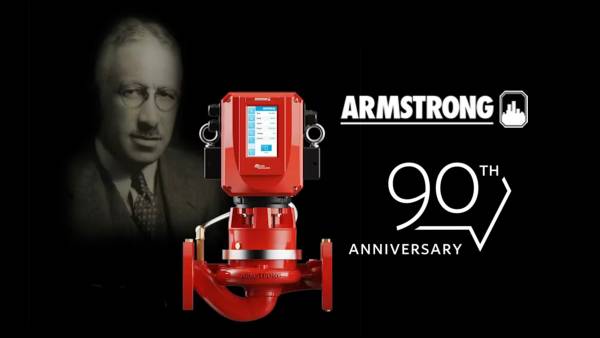
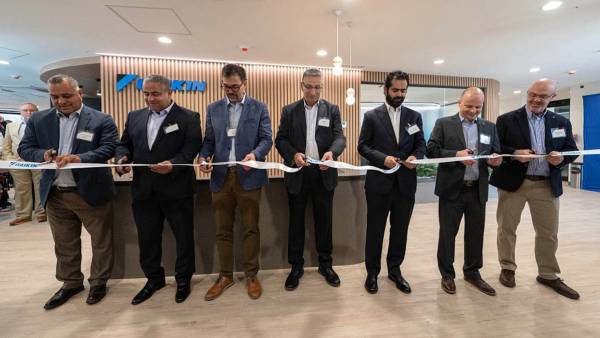
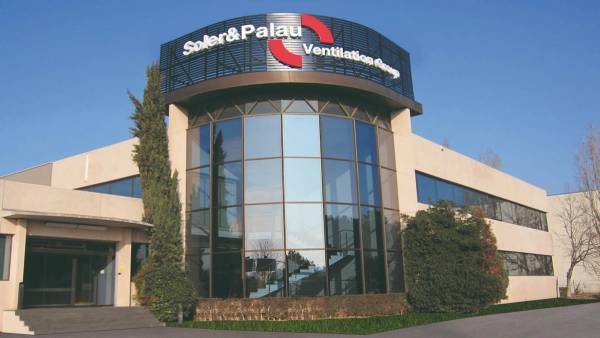
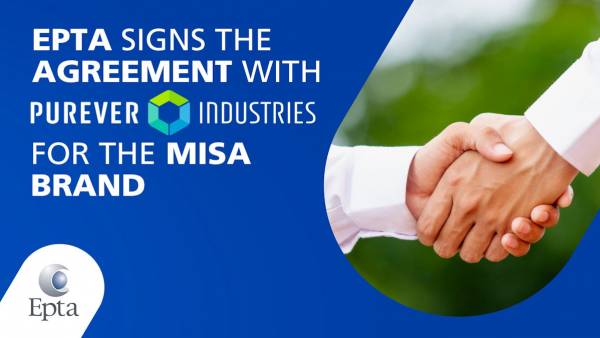
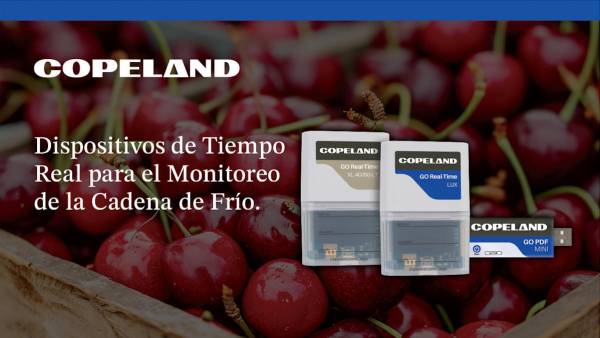
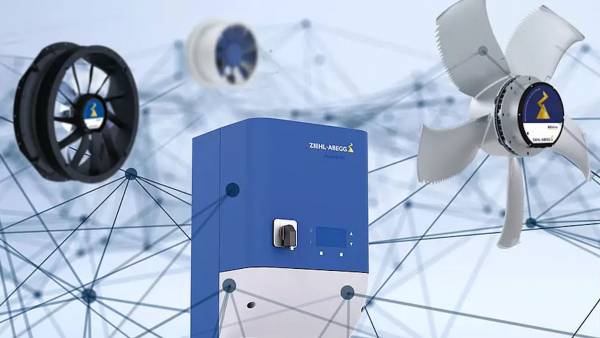
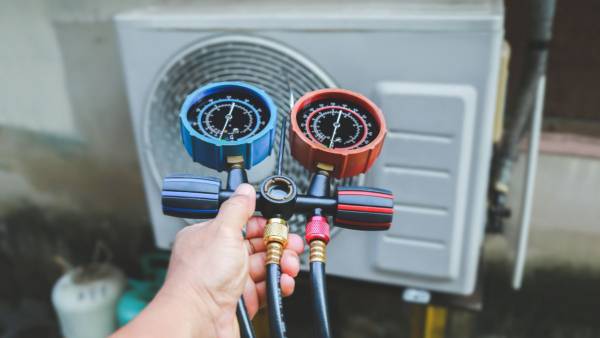







Leave your comment